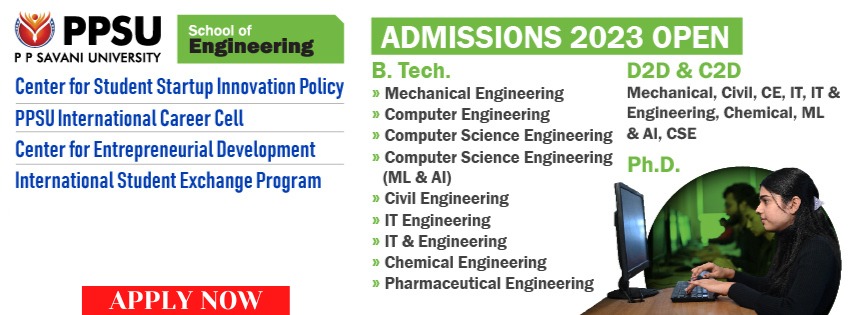Technology is the new gold. Evolving inventions are transforming how we communicate, learn, and work. In the education industry, it has contributed to enhancing student engagement and achievement. Furthermore, technology has revolutionized teaching methods and learning environments. Undergraduates don’t need to rely on chalkboards and textbooks to acquire knowledge. Instead, they use online platforms and immersive tools that foster interactive classrooms. Mind you, we don’t mean the traditional four-walled rooms. Let us explore technology's multi-faceted role and impact on various educational aspects.
5 Roles of Technology in Education
Technology in the classroom is vital to modern pedagogy. Take a look at five popular roles it plays in the educational landscape below:
1. A Valuable Time-Saving Tool
Inventions streamline processes and allow the teacher and students to optimize their practices. Various channels foster efficient communication and end the need for lengthy physical meetings. The Internet further provides access to information without wasting time sorting through libraries. Undergraduates use online databases and educational websites to gather information for assignments. Students with huge workloads can ask a professional to write essays for money and spend time on more productive activities. The advent of online assignment helpers reduces writing stress with custom help. In addition, the writing service has a sample resource for students who require inspiration. This procedure saves time and eliminates stress.
2. Facilitates Interactive and Personalized Learning
Technology offers various interactive applications that promote engaging learning. They include educational games, multimedia resources, and virtual labs. These tools help college students explore concepts and experiment with real-world scenarios. Unlike traditional teaching methods, the channels provide deeper subject matter understanding. Besides, undergraduates have the option to tailor their experiences to meet their needs. Intelligent tutoring and adaptive learning systems help educators gather and analyze student information. Teachers use the data to identify areas that require improvement. In addition, they provide customized content and targeted interventions. Most importantly, the contents fit each student’s learning preference, pace, and style.
3. Easy Accessibility
Technology has broken physical limitations and geographical location barriers. As a result, it has made learning more accessible than ever. Digitization eliminates the need to learn in a traditional classroom. Consequently, undergraduates study at their pace, time, and location. Assertive innovations support university students with disabilities and ensure equal opportunities and outcomes. Undergraduates manage their academic goals through learning management systems and educational apps. They study independently, conduct research, and explore topics. Furthermore, learners set goals and monitor achievements using self-assessment and reflection tools.
4. Promotes Collaboration
Digitization fosters collaboration among educators and learners within and outside the classroom. Provisions like online platforms, virtual classrooms, and forums aid meaningful discussions. In addition, the channels allow them to collaborate on projects and share ideas. Collaborative opportunities promote their ability to work in diverse groups. It further improves their teamwork and communication skills. Besides university students, educators share resources and lesson plans. They discuss ideas, exchange material, and spend less effort reinventing wheels. These actions save time by leveraging existing resources for better outcomes.
5. Task Automation
Technology reduces the time stakeholders spend on paperwork. Educators use learning management systems to generate reports, calculate grades, and track attendance. The intervention reduces administrative burden and eliminates manual data entry. Hence, they focus more on teaching and providing support. Meanwhile, digitization offers efficient methods to assess school students. Teachers administer online tests and quizzes and grade them electronically. The grading system is better than the manual approach, thanks to instant feedback. It facilitates timely communication and eliminates stress.
Using Education as a Catalyst for Student Engagement
Technology plays an undeniable role in student achievement. As it continues to evolve, it is revolutionizing traditional teaching methods and becoming an indispensable tool. Interactive digitization ignites curiosity and captures attention. Personalization helps undergraduates manage their learning and facilitates growth at their pace. They learn teamwork, collaboration, and other vital skills in preparation for the modern workforce.
Innovation enhances accessibility by breaking barriers surrounding limited educational opportunities. Beyond accessibility, tech empowers educators with resources to cater to each student. As we navigate the digital age, we must embrace innovative tools that equip undergraduates with the skills necessary to succeed in the 21st century.

















Leave a comment